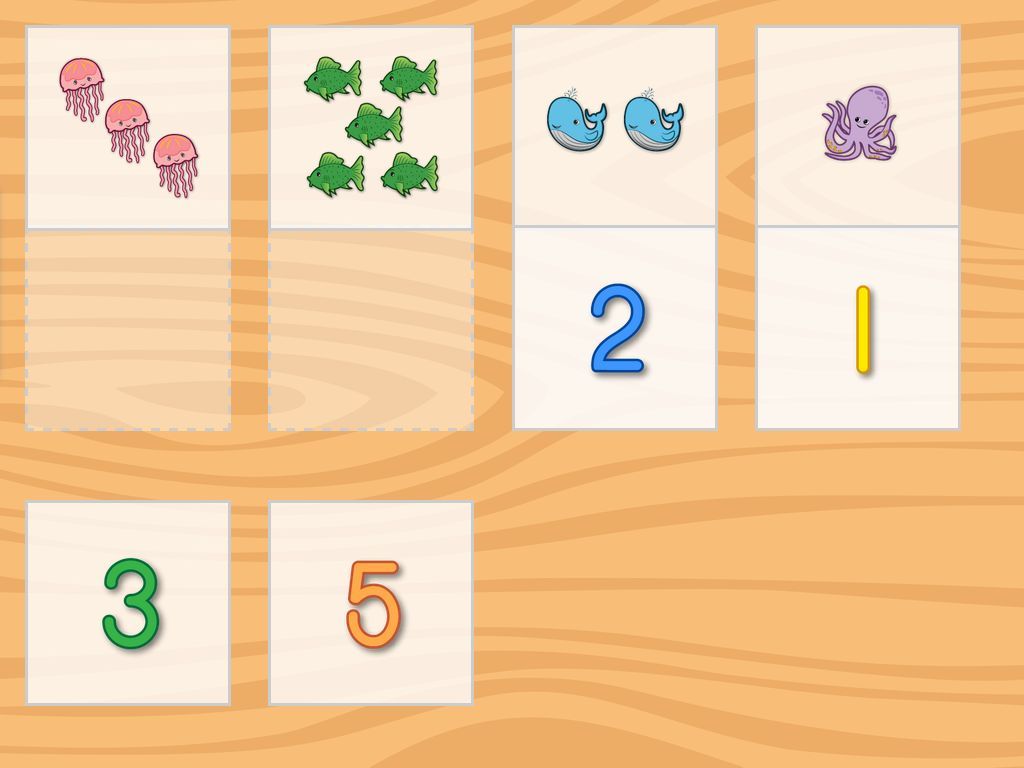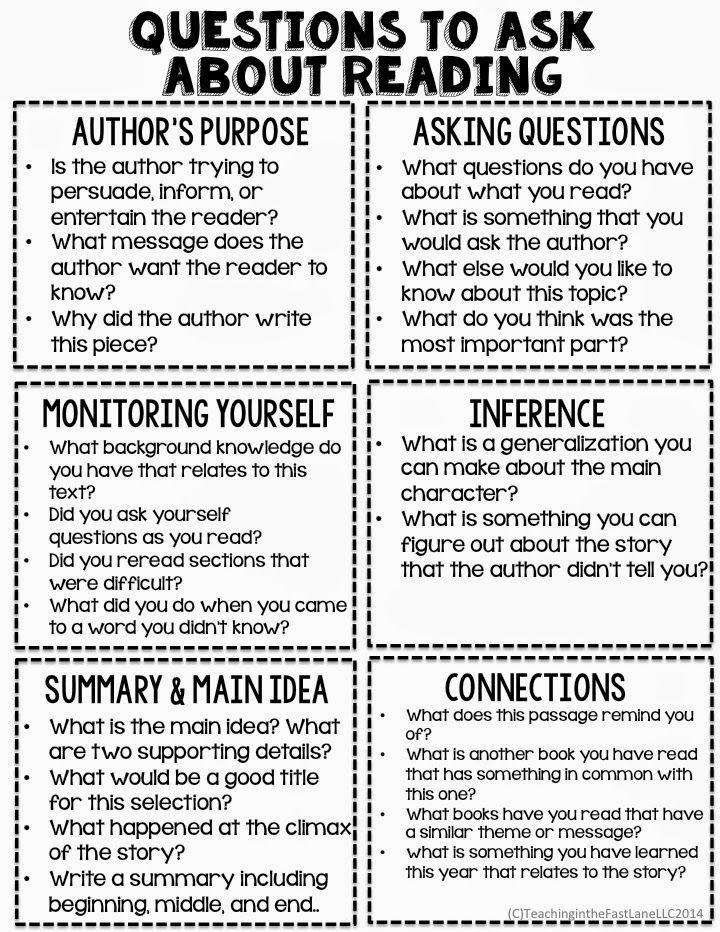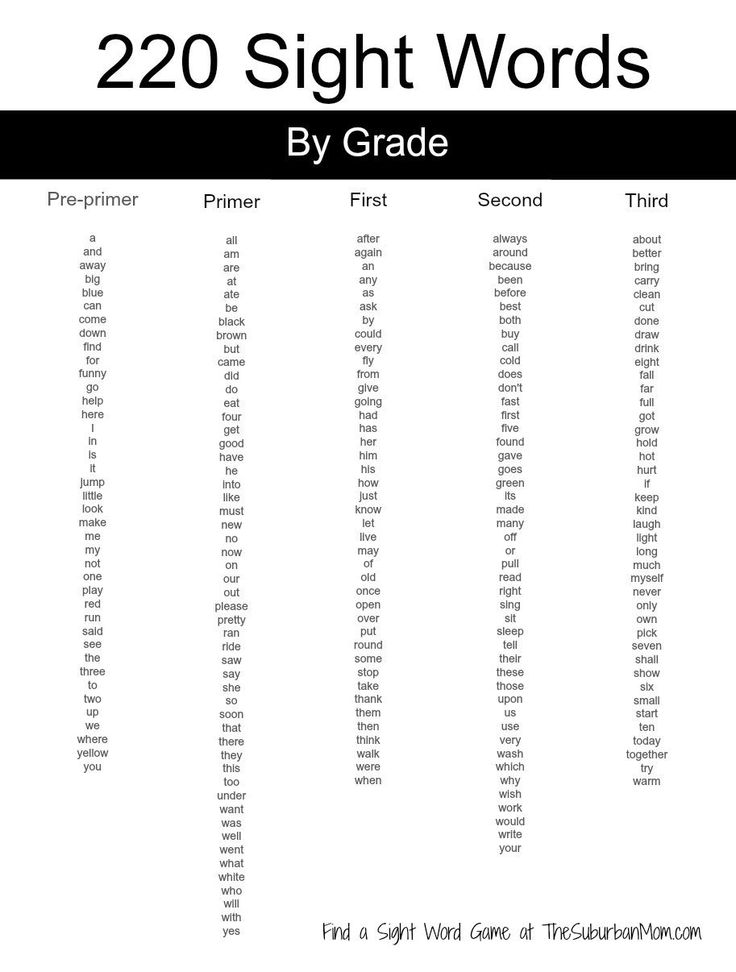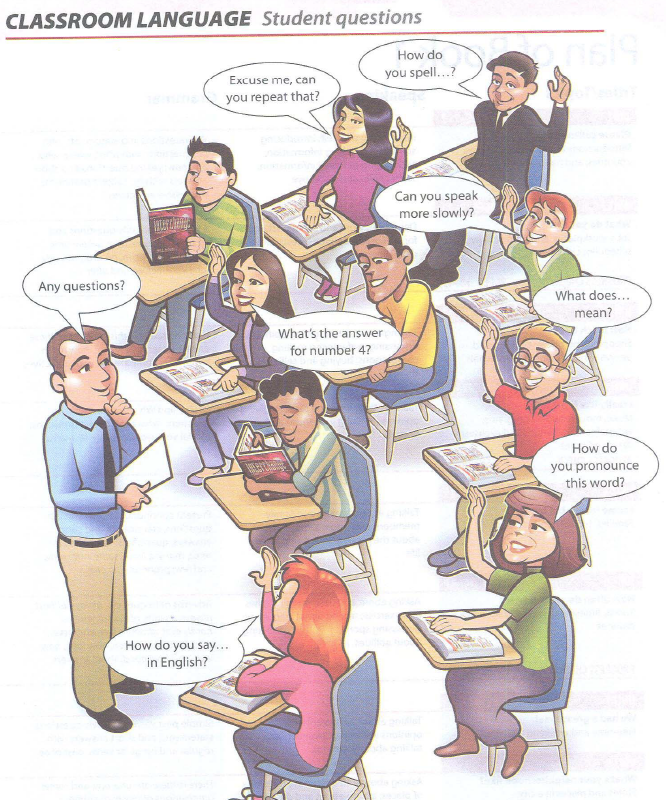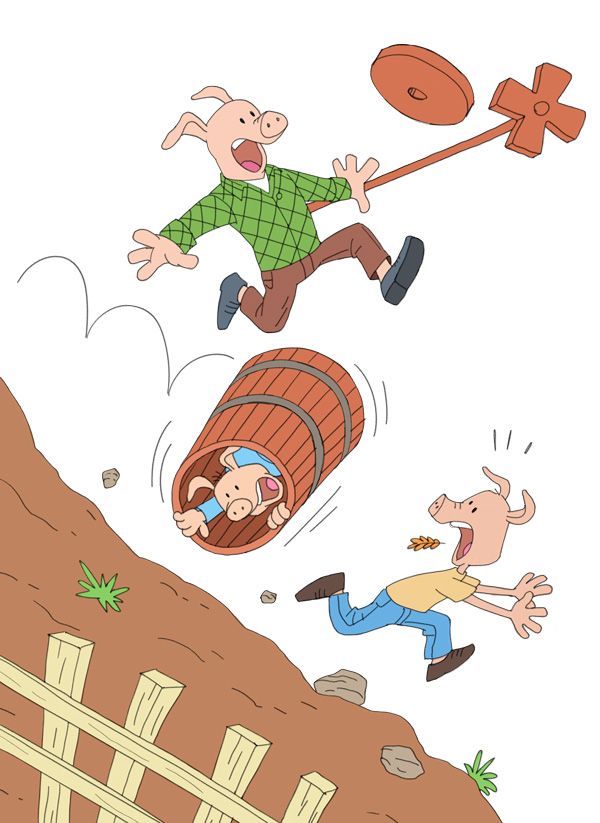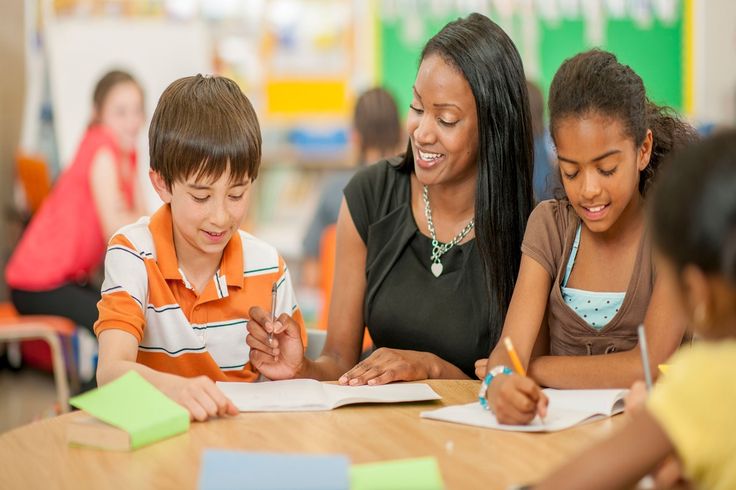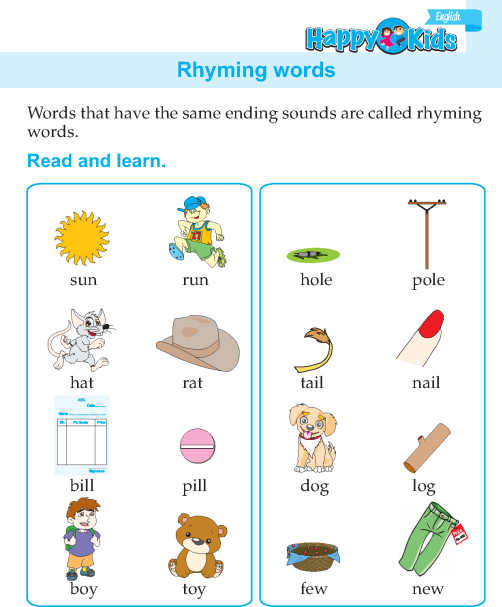Making sight words fun
15 Simple Ideas to Make Learning Sight Words Fun
This post was first published 18/3/19 on my original website thepaigediaries.com
As I sit here writing this blog post, it still blows my mind that Miss Paige started school this year. Like, seriously, where on earth have the last five years gone??!
And as most of you with school-aged little ones (or not so little ones anymore!) would know, starting school generally comes with some sort of ‘homework’ to do at home, whether that’s reading, practising sounds or practising sight words.
For Paige this term, it’s an expectation that she does regular sight word practice at home. And that doesn’t necessarily mean daily, but of course the more she practices, the more confident she will become at recognising those sight words.
But the teacher in me was well aware that going through a set of flashcards every night wasn’t going to cut it! Sooner or later, she would get bored and she would lose interest, and then all of a sudden what was once super exciting becomes a chore.
So, what did I do? I came up with a whole heap of sight word games and activities that we could do together, which would keep the learning FUN!
This post contains affiliate links at no extra cost to you.
Please see our disclosure for full details.
But first, let’s chat about what a sight word actually is!
A sight word is a word commonly found in written text, that usually doesn’t follow regular spelling rules and patterns so are best learned to recognise by sight, rather than sounding out. The larger the bank of sight words that your child can recognise instantly, the easier it is going to be for them when they begin reading.
Sight words are usually explicitly taught to your child when they begin school, and practising these words at home may be part of their homework. Sight words are generally taught by rote learning – that is repetition which leads to memorising, and the most common way to do this? Flashcards.
Like I said earlier, I realised pretty quickly I realised pretty quickly that going through a set of flashcards each night was NOT going to keep Paige engaged in learning these words, so I began finding new and interesting ways to make learning them fun!
And as I did these activities at home with Paige I started sharing them on my Instagram page (along with the sight words games I do as part my Literacy rotations with my Reception class at school) a LOT of you said you wanted more! So, I’ve come up with a range of sight word games that will hopefully engage your little one and keep learning FUN!
So, here we go!
Mess Free IdeasNow, if you’ve been following me for a while, you will probably be well aware of my love for sensory play! And of course, when it comes to learning, you would have probably figured out by now that there was going to be some sensory play ideas included in this post. BUT the truth is, I actually don’t have the time or energy to do those types of activities every day.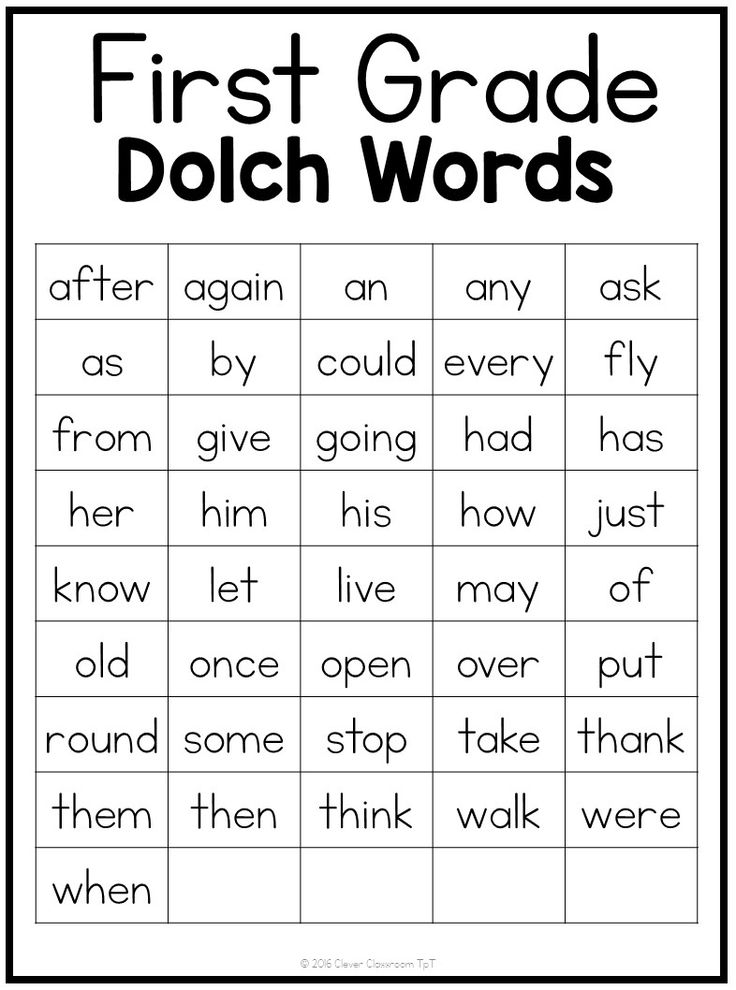 So first up, I’m sharing some ideas that are completely MESS FREE! #CanIGetAnAmen
So first up, I’m sharing some ideas that are completely MESS FREE! #CanIGetAnAmen
Sight Word Tower
I stuck a piece of tape onto the side of Duplo blocks and wrote Paige’s sight words with permanent texta on the tape. I then challenged Paige to build a tower with the blocks and once she was finished asked her to read the words on her tower.
By using different shaped and sized blocks, not only did Paige enjoy the challenge of making sure the tower was stable, but it also made a simple and engaging STEM activity as well!
I have seen this done by writing directly onto the blocks, but I prefer this way as I can peel off the tape once we are finished, plus it also gives me the opportunity to change the words on the blocks as Paige learns each set of sight words.
Magnetic Tile Match
This activity was TOTALLY inspired by this activity from Beth @dayswithgrey who used this with her son to practice name recognition. When I saw it I knew it would make a great sight word activity for Paige because she loves using our Playmager magnetic blocks!
I wrote each sight word onto a mini Post-It Note and stuck them all to the magnetic blocks. Then I rolled out some paper, lined the blocks up, traced them and wrote the words in each square. Paige’s job was to start at the left (to encourage left to write progression which is how we read), say the word, find the matching block and put it on top. The click of the tiles as they snapped together made it that bit more exciting too!
Then I rolled out some paper, lined the blocks up, traced them and wrote the words in each square. Paige’s job was to start at the left (to encourage left to write progression which is how we read), say the word, find the matching block and put it on top. The click of the tiles as they snapped together made it that bit more exciting too!
Sight Word Search
Something really important to keep in mind when learning to recognise sight words is that the child should be able to recognise them in different contexts, and not just the flashcards or memo book they come home from school in. One really important context that children need to see sight words is in written texts such as picture books. Some nights Paige’s sight word practice consists of looking through books and finding her sight words within the text. This is really exciting for Paige as she feels such a sense of achievement that she is actually reading!
I’ve also done this as an independent activity at school during our Guided Reading rotations – I provide each student with a sheet of paper that has their sight words written in a grid, and as they look through books and find their sight words they colour in the corresponding word on their paper. Their challenge is to have all of their words coloured in before the end of that rotation. It’s a wonderful way to encourage reading words in books rather than just looking at the pictures.
Their challenge is to have all of their words coloured in before the end of that rotation. It’s a wonderful way to encourage reading words in books rather than just looking at the pictures.
Another way I’ve encouraged sight word recognition in books is by reading stories with Paige – I point to each word as I read, and when I get to one of Paige’s sight words I pause and let Paige read that word. To her, being able to join in with the reading is the Best. Thing. EVER!
Tic Tac Toe
Tic Tac Toe a simple game that I first learned at the school I teach at now, and is a real winner because it only uses the flashcards which we get from school, so requires absolutely ZERO prep on my part at home! It’s also perfect to use with small groups of children, so great for the classroom!
To begin, lay all the cards face down on the floor or table, then one person chants ‘Tic, tac, toe, tic, tac, toe, where I land I do not know!’ while pointing to a different card for each word they say.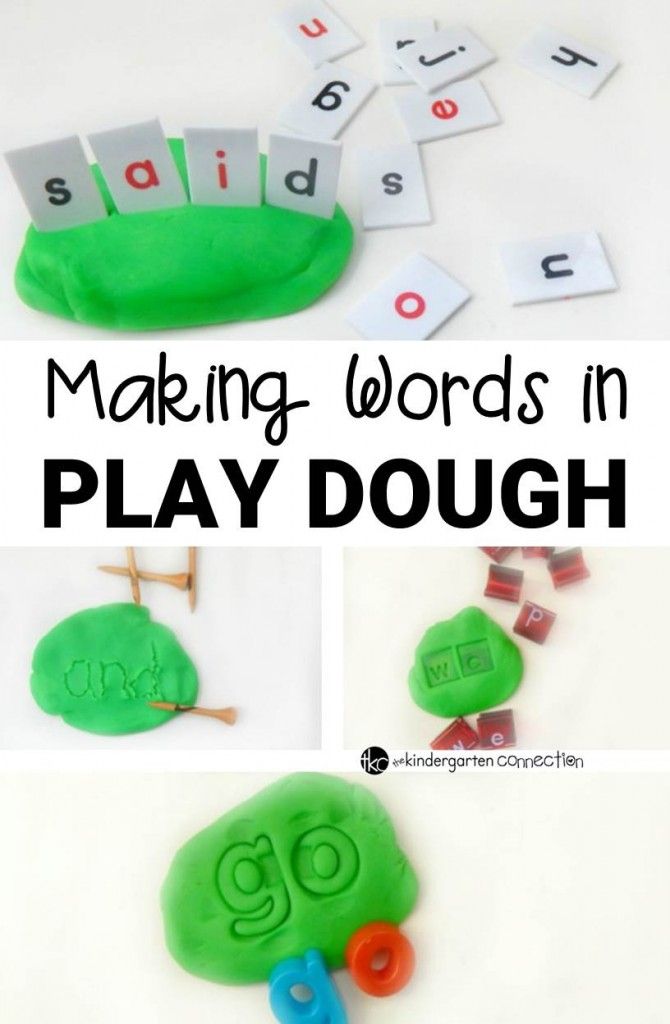 They flip over the card they land on and read it aloud. If they correctly identify the word, they get to keep the card, and if not the card goes back with the others. Then the next person has a turn, and it continues until all cards have been flipped over.
They flip over the card they land on and read it aloud. If they correctly identify the word, they get to keep the card, and if not the card goes back with the others. Then the next person has a turn, and it continues until all cards have been flipped over.
Across the River
This is another simple activity that requires zero prep (as long as you have flashcards!). Space the cards out in a long line with the words facing up, then challenge your child to start at one end of the ‘river’, jump on the first word and say it, then jump to the second word and read that one, and continue all the way across the river! This game is perfect for children who have endless amounts of energy, or who love to move while they learn!
Build A Word
We got Paige these Coko letter blocks for her birthday and they have been another wonderful tactile way to include sight word practice each night! As the focus for her at the moment is to recognise the words (rather than spell them – they are two very different skills!!), I have been building the words on our Duplo base and Paige has read them back to me.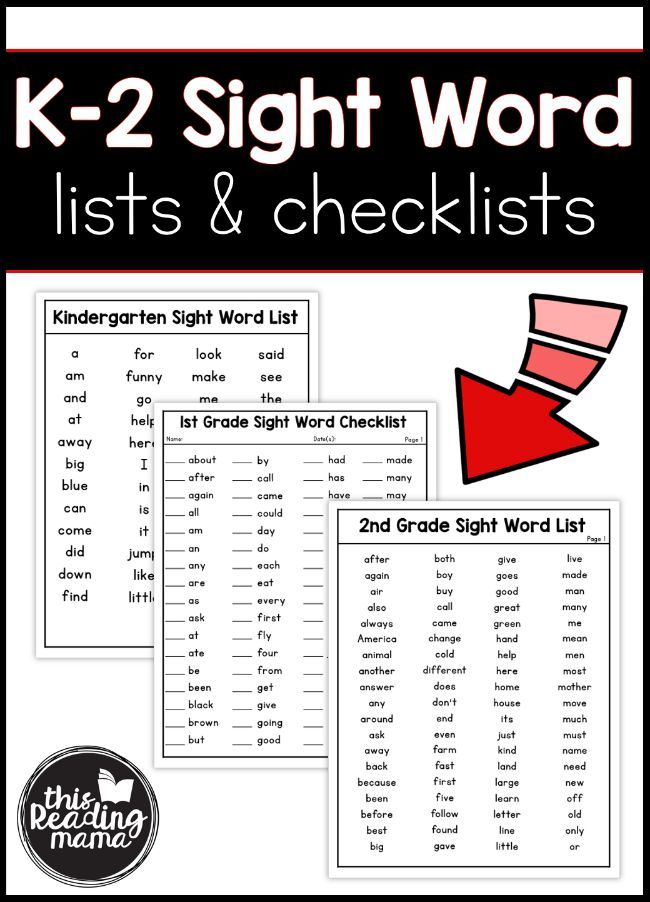 As she becomes more confident with these words, I imagine she will begin to try and build them herself, but like I said, reading the words and spelling the words are two different skills, and for the time being her focus is just recognising the words by sight.
As she becomes more confident with these words, I imagine she will begin to try and build them herself, but like I said, reading the words and spelling the words are two different skills, and for the time being her focus is just recognising the words by sight.
Sight Word Post
This activity came about only because Paige was really reluctant to do anything with her sight words the other night. So I just asked her to post them in our wooden post box (similar to this one), which happened to be sitting in the lounge room, and asked her say the words as she posted them. Well, that was enough for her to post those words about three times over, saying each one as she went! #Winning!
Of course, if you don’t have a toy mailbox, you could always make a simple one by cutting a slot in a shoe box or any other box you have in the recycling!
Sensory Play IdeasAnd now for the sensory play ideas!! Be aware that these ideas do take a bit more prep time than the others, but are honestly well worth it!
Magnetic Counter Search
This game didn’t actually interest Paige at first, until she saw Samuel using the magnetic wand to find the little counters, then of course wanted to get involved! I stuck pieces of tape to metal rimmed counters and wrote the sight words on each one.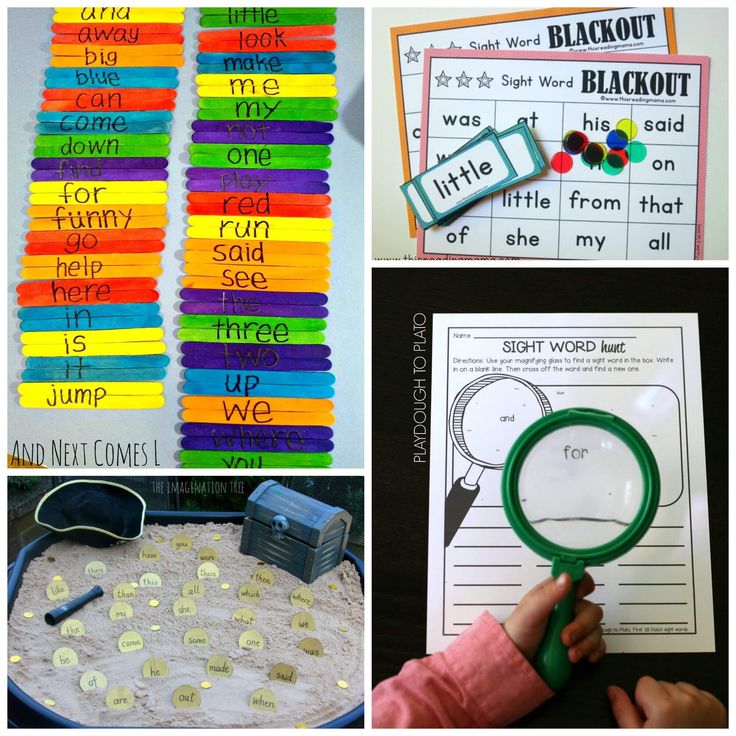 Then I tipped them into a container of rice for Paige to find using the magnetic wand. You could also play a similar game by sliding paperclips onto the flashcards and fishing for them with magnetic fishing rods!
Then I tipped them into a container of rice for Paige to find using the magnetic wand. You could also play a similar game by sliding paperclips onto the flashcards and fishing for them with magnetic fishing rods!
Sight Word Search
Another activity that you could do with that same tub of rice is hide all the flashcards in the rice, then encourage your child to pull one out at time, read it, then hide it back in the rice. They will enjoy getting their hands in the rice, and you’ll love how easy it is to set up! You could also include a pair of jumbo tweezers or tongs to work on hand strength!
Sight Word Reveal
I shared this activity on my Instagram page earlier in the week and it got a GREAT response! I used a white crayon to write the sight words onto white paper, then encouraged Paige to use our watercolour paints to find all of the words! She loved seeing the words appear on the paper, and again said each word as it was revealed, meaning she was practising those words without even realising!!
Kinetic Sand Stamping
As you child is learning to identify sight words, you can use puzzle pieces like these from this Hape puzzle to stamp your child’s sight words into the kinetic sand for them to identify. As they become more confident, they may begin to stamp their own words – but again, don’t rush this as it is much more difficult that recognising them by sight! Playdough makes a great alternative if you don’t have kinetic sand!
As they become more confident, they may begin to stamp their own words – but again, don’t rush this as it is much more difficult that recognising them by sight! Playdough makes a great alternative if you don’t have kinetic sand!
Ball Scoop
I’ve do this activity regularly at school and my goodness, do the kids love it or what?! To set up, I give each student a laminated sheet with their sight words in a grid, then I’ve written each sight word onto ping pong balls which I tip into a big container of water. Students used scoopers similar to these to catch a ball, read the word, then put a counter on the corresponding word on their sheet. Again, their challenge is to catch all the different sight words before their rotation time is finished. A spoon would also make a great alternative if you don’t have the plastic scoopers at home.
Find A Word
We absolutely LOVE rainbow rice and I’m always thinking up new ways to play with our huge stash! To prepare this activity I wrote sight words around a piece of paper, stuck it in a baking tray (any tray would work!) then covered the paper with a thin layer of rice, so all the words were hidden.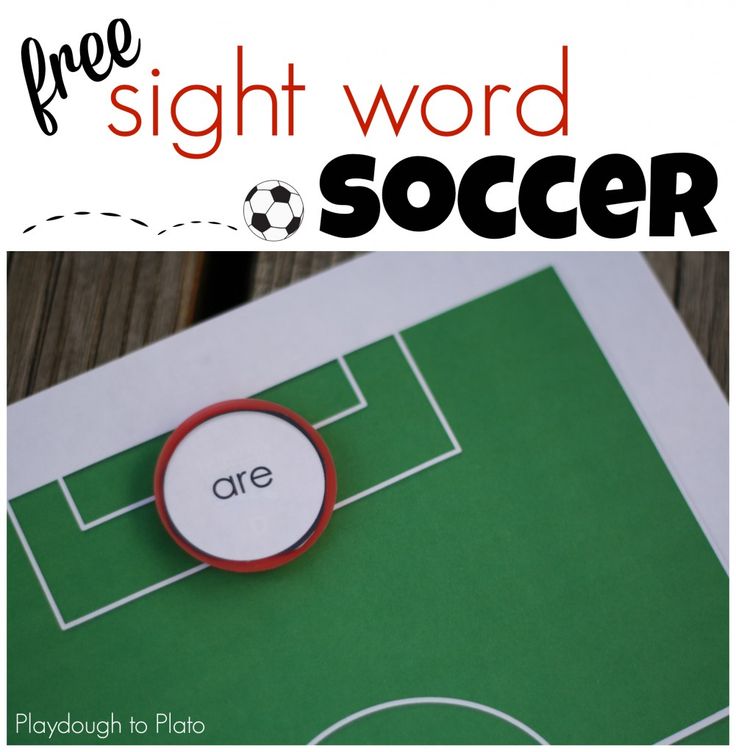 Paige used a paint brush to uncover and read each word, which she thought was SO MUCH FUN!
Paige used a paint brush to uncover and read each word, which she thought was SO MUCH FUN!
Now, most of the activities I’ve already shared are able to be done outside if you’re child enjoys being outdoors, but here are a couple more activities that are great for playing outside!
Word Jump
Write the sight words with chalk on the ground outside (concrete works best), then call out a word and have your child run and jump on it! You can also call out certain actions for your child to complete on each word, for example Do six star jumps on ‘that’ or Crawl like a crab to ‘and’.
You could also play ‘Across the River’ by writing the words in a long line for your child to jump across.
Word Spray
The lucky last activity that I’m sharing on this post is another fun activity, perfect for outside! Write the sight words on an outside wall with chalk, then hand your child a spray bottle, call out a word and let your child spray the word with water! Super easy, and super fun!
And there you have it! Enough sight word practice inspiration to keep your little one engaged with practising their sight words each day!
Now I just wanted to share a quick reminder that I think as parents we sometimes forget.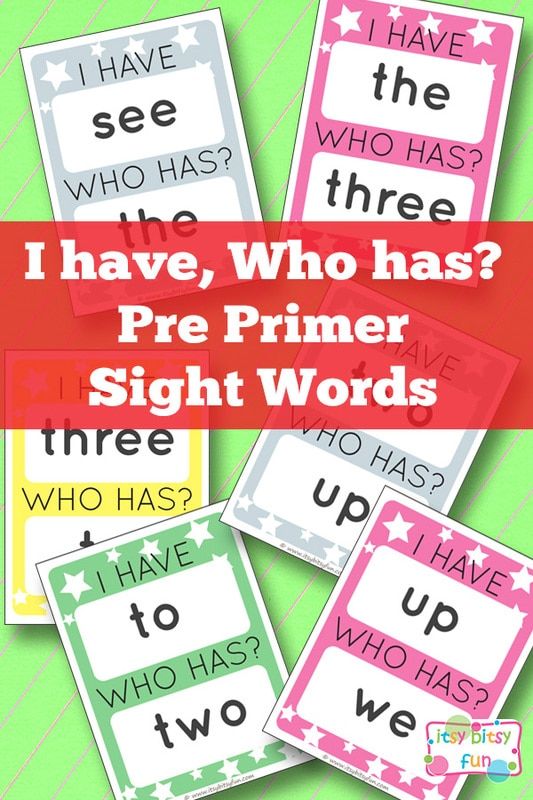
There will be days when our little ones are just NOT in the mood for homework like practicing their sight words, even if it is as part of a game!
We want learning to be fun for our children, so on the occasional day when they’re just not feeling it, don’t push it.
Don’t make it a chore.
Don’t make it unenjoyable.
Leave it and try again the next day.
Even our school-aged kids need unstructured time each day, whether that’s riding their bike, playing inside, drawing, or helping you with dinner. They might not be learning their sight words, or practicing their reading or their spelling words, but I promise you, when we give our children unstructured time, they will still be learning about the world around them. And that’s just as important as learning sight words.
So let them PLAY.
Lycie xx
48 Fun Sight Word Activities That Work
Teachers are always on the hunt for great sight word activities.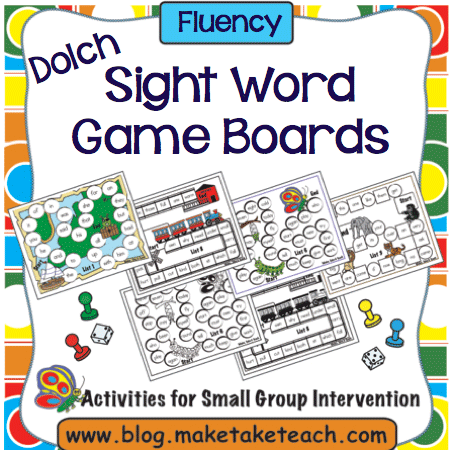 Sight words are any words readers recognize automatically “by sight”—for fluent readers, that’s almost all words! High-frequency words, the most commonly occurring words in written English like those on the Dolch list, are often thought of as the most crucial sight words.
Sight words are any words readers recognize automatically “by sight”—for fluent readers, that’s almost all words! High-frequency words, the most commonly occurring words in written English like those on the Dolch list, are often thought of as the most crucial sight words.
It’s a myth that blindly memorizing every letter in a sight word is the only way to learn it. The science of reading tells us that linking sounds and letters is the most effective way for kids’ brains to learn any word. Many common words are easy to tackle using beginning phonics skills (like “at,” “can,” “him,” etc.), so staying true to a strong phonics curriculum is one way to support kids’ sight word learning. Even irregularly spelled words have decodable parts, e.g., kids can use the sounds of “s” and “d” to help with “said,” even if the “ai” is unexpected. Experts often call these words “heart words” to call out for kids that they should learn the unexpected word parts “by heart.” (If all this is unfamiliar to you, it can feel overwhelming, but you’ve got this! Check out teaching guru Jillian Starr’s explanation for more help.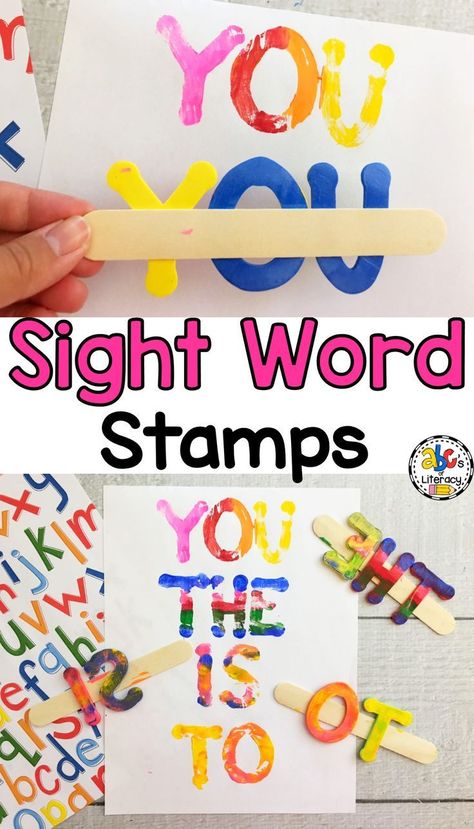 )
)
ADVERTISEMENT
Check out these low-prep and engaging sight word activities for both teaching and practicing words.
1. Map it and drive it
This is a genius way to introduce words with appealing materials: Say the word, represent each sound with a LEGO brick, write letters for each sound, and “drive” to read it.
Source: @droppinknowledgewithheidi
2. Smush play dough for each sound
Set up a routine that works for any word. Play dough squishing for each sound is the ultimate multi-sensory component.
Source: @playdough3plato
3. Map words with a magnet wand
It is so super-satisfying to drag those magnetic dots around! Watch the video below for lots of tips on introducing a word using this process.
Source: @warriorsforliteracy
4. Make a mini book
Lots of handy info in one place for your little learners.
Source: @hughesheartforfirst
5.
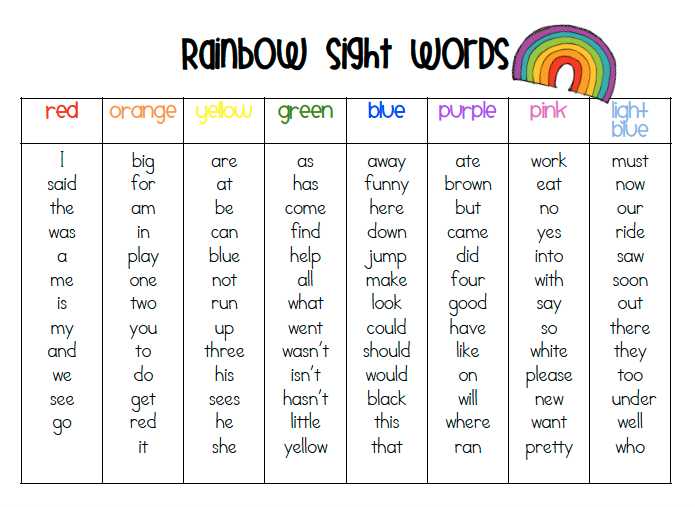 Tap it, pop it, learn it!
Tap it, pop it, learn it!Hardwire those words in kids’ brains with this comprehensive word intro routine. (You had us with the pop its!)
Source: @hellojenjones
6. Find and swat words
An oldie but such a goodie. Find a word in an array and WHACK! Swat it with a fly swatter!
Source: @kids_play_learn_laugh
7. Flip word pancakes
Serve up sight word pancakes while practicing spelling them aloud.
Source: @bee_happy_teaching
8. Wear heart word bracelets
Make kids feel like sight word VIPs.
Source: @teachingmoore
9. Search for sight word balls
Write sight words on ball pit balls with a chalk marker or dry-erase marker. Kids can race around hunting for balls to read and toss in a basket, or hunt through a big tub of balls for a certain word.
Source: @preschoolforyou
10. Start a sight word band
Loud but oh-so-fun! Feel the rhythm while tapping and reading sight words stuck to homemade percussion instruments.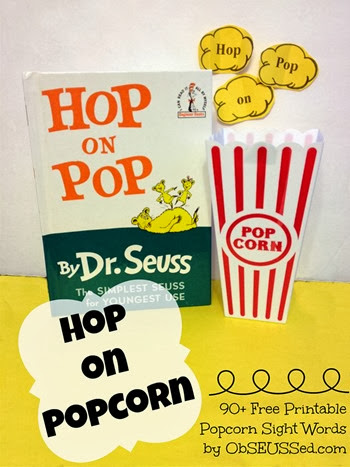
Source: @earlyyears_withmrsg
11. Drive on a sight word path
This is one of many fun ways to use magnetic tiles for learning! Kids love “knocking down” word tiles with a toy car as they read each one.
Source: @travisntyler
12. Use sticky notes to inspire sight word sentences
Have kids stick words on items that give them ideas for sentences. “My Mom said to wear a helmet!” = so good!
Source: @kinneypodlearning
13. Write words on a sensory bag
So easy: Fill a zip-top bag with a small amount of kid-safe paint, seal well, and have kids practice “writing” sight words with their finger or a cotton swab.
Source: @makeitmultisensory
14. Wear a sight word crown
Wear your word proudly and practice reading others’ words. Fun in person or virtually.
Source: @mrsjonescreationstation
15. Play a magnetic-tile board game
We love new ideas for ways to use magnetic tiles for sight word activities.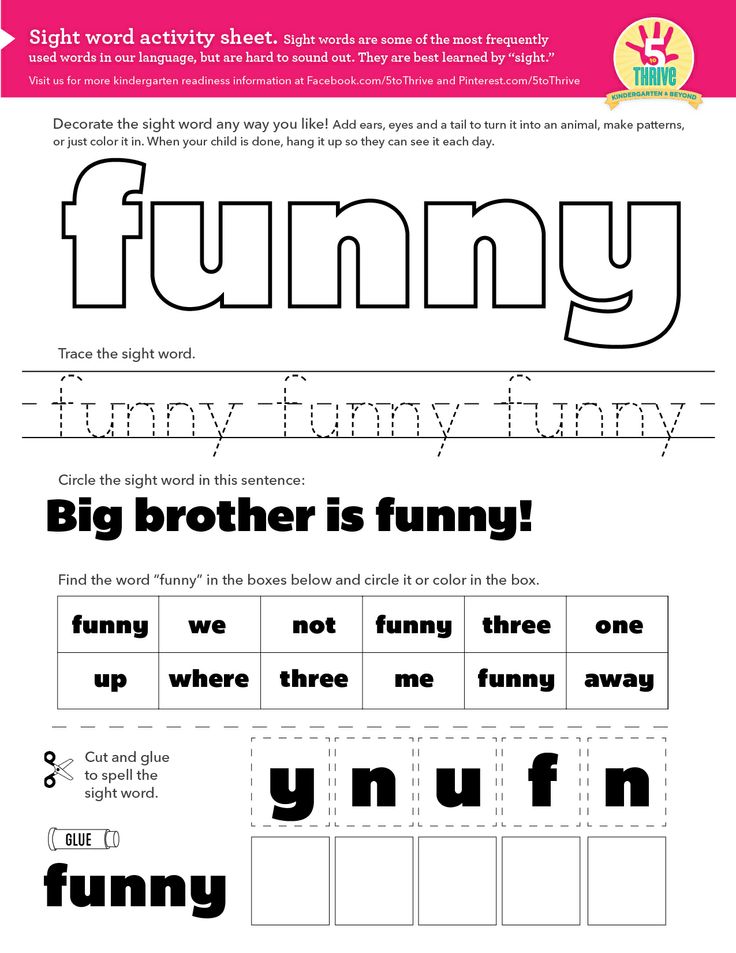 Easy to set up and fun to play.
Easy to set up and fun to play.
Source: @twotolove_bairantwins
16. Spell words to a familiar tune
Get sight words stuck in everyone’s head, in a good way. We’d add a line for chanting the sounds in the word!
Source: @saysbre
17. Feed a word monster
Nom, nom, nom.
Source: @ecplayandlearn
18. Search for the pom-pom under sight word cups
Read all the words as you try to find the cup that hides the prize.
Source: @la.la.learning
19. Play sight word KABOOM
This classroom classic is perfect for sight words. If you need a refresher on the rules, Jillian Starr covers them.
Source: @essentiallykinder
20. Roll and write words
Roll, write, repeat.
Source: @mylittlepandamonium
21. Write words with rainbow colors
Bonus points for aromatic markers.
Source: @mylittlepandamonium
22. Trace words with flashlights
Stock up on batteries because kids never get tired of this!
Source: @giggleswithgerg
23.
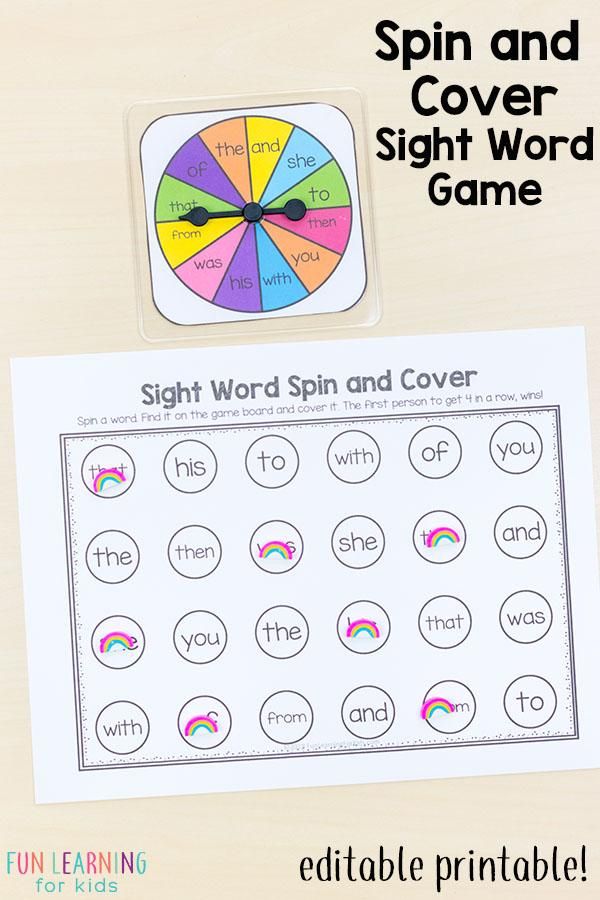 Find words in plastic eggs
Find words in plastic eggsGive kids a checklist of words to find as they open each egg.
Source: @blooming_tots1
24. Spy words around the classroom
Just add a magnifying glass and clipboard to make kids feel like supersleuths!
Source: @readingcorneronline
25. Find words in the morning message
Don’t forget about old standbys! This is one of our favorite ways to get kids to recognize sight words in connected text.
Source: @tales_of_a_kinder_classroom
26. Build words with bricks
Such a great use of extra building bricks!
Source: @raysinkinder
27. Write words in sand
Easy-peasy to set up and keep neat if you use plastic pencil boxes.
Source: @teacherhacks
28. Spell words on a construction site
Bulldozing over each word to read it is the best part!
Source: @planningplaytime
29. Spell words with toy cars
Drive on over!
Source: @lozlovesprep
30.
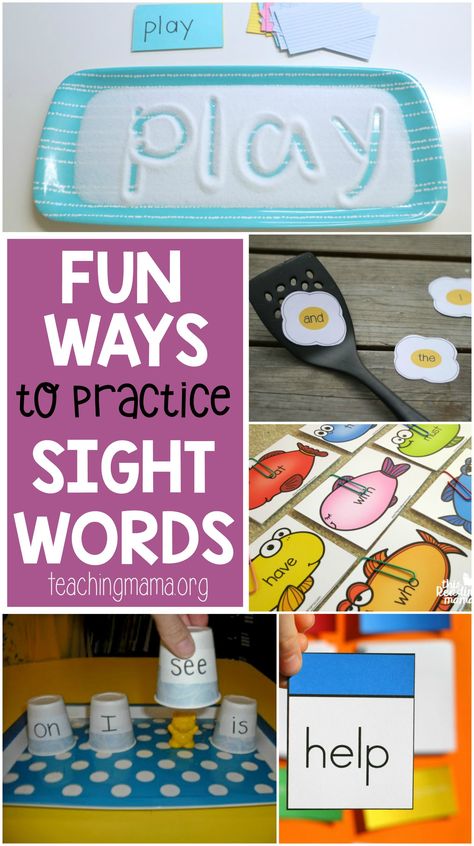 Park in a sight word “parking lot”
Park in a sight word “parking lot”This one is easy to modify based on whatever toys are available in the classroom or at home.
Source: @msbendersclassroom
31. “Plant” words in play dough
Watch those reading skills grow!
Source: @planningplaytime
32. Build words in a sensory tub
Because spelling is just more fun when your hands are covered in beans!
Source: @coffeeandspitup
33. Write words on a magnetic drawing board
That eraser track makes for a perfect word card holder!
Source: @moffattgirls
34. Or write words on the window!
Everyone wants a turn to write on the window!
Source: @kindergarten_matters
35. Shhh! Discover words written in invisible ink
Write words in white crayon and reveal them with watercolors on top!
Source: @teachstarter
36. Dot-paint words with a cotton swab
Calming and effective.
Source: @sightwordactivities
37.
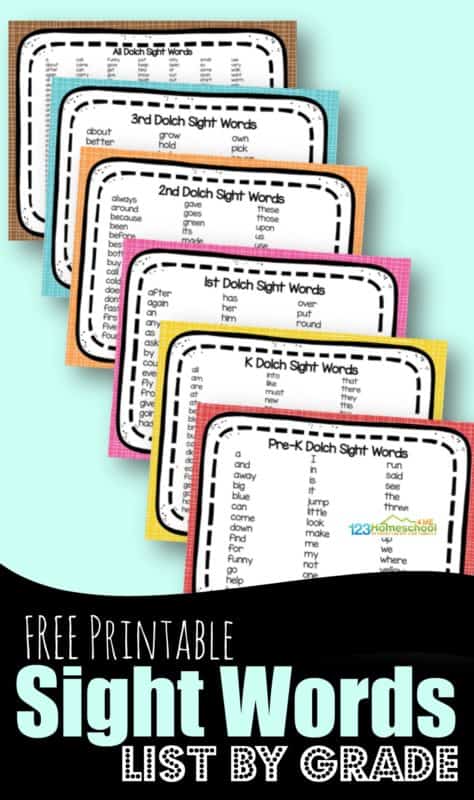 “Type” words on a keyboard
“Type” words on a keyboardBusy day at the sight word office! Use a keyboard cover or any old keyboard.
Source: @lifebetweensummers
38. Read words before heading through the door
The line leader can double as the word pointer during transitions.
Source: @ms.rowekinder
39. Read the word the teacher’s wearing!
Wait, is there something on my shirt?
Source: @theprimarypartner
40. Take a sight word cakewalk
Choose a winning word when the music stops!
Source: @joyfulinkinder
41. Play sight word hopscotch
If you can’t get outdoors, tape on the floor works just as well.
Source: @wheretheliteracygrows
42. Play tic-tac-toe
I’ll be team “the.”
Source: @create_n_teach
43. Go sight word bowling
No bowling pins? Use half-filled plastic water bottles instead.
Source: @thecreativeteacher_
44. Ready, aim, read
Just throw a beanbag at a word target if foam darts are a no-go.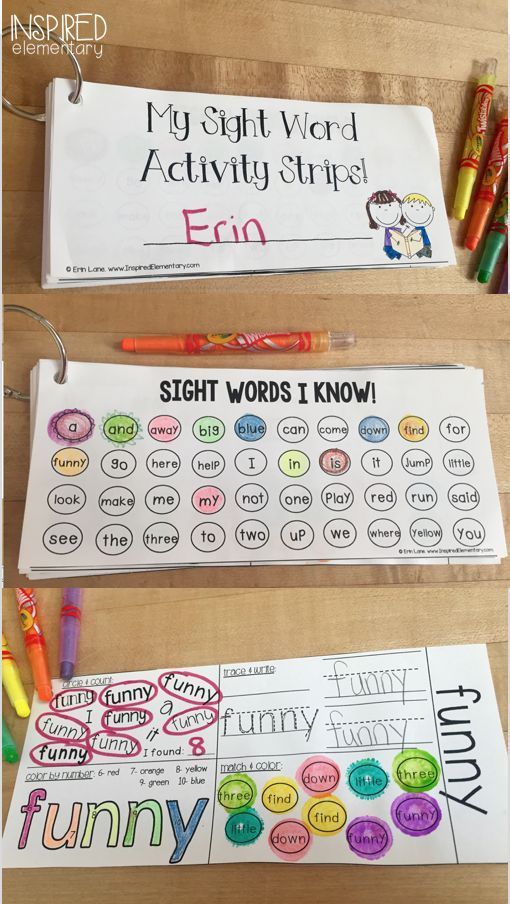
Source: @laurens_lil_learners
45. Play muffin tin ball toss
Toss and read. It’s easy to use colored muffin cups to prep different sets of words.
Source: @homeschooling_fun_with_lynda
46. DIY sentence flash cards
Authentic use of words in context for the win.
Source: @teachertipsandtales
47. Play sight word checkers
King me! If kids don’t have a partner available, they can “play” with a stuffed animal and get double practice.
Source: @sightwordactivities
48. Play sight word Guess Who?
Set up this game once and use it forever.
Source: @lessons_and_lattes
We’d love to hear—what are your favorite sight word activities? Share in the comments below.
Want more articles like this? Be sure to sign up for our newsletters.
Plus, what are sight words?
ATOM RPG General discussions
Proposal to adjust the ML requirements for weapons.
Some weapons have disproportionate and illogical action point requirements.
TT has a "price" of 5 points for a non-aimed shot... Are you serious - like a rifle?! Moreover, the TT is light! But for some reason, from a relatively heavy APS, shoot "only" for 4. Where is the logic ?! It is not clear why the revolver became so "reactive", given that, by pressing the trigger, the shooter also turns the drum with the force of a finger. Well, that is, it can NEVER be faster than PM and TT. NOT AT ALL. And reloading a revolver is generally a living hell. Therefore, it should be like this: PM and TT - 3 AP for an aimed shot, 5 for an aimed shot (TT should reload faster than PM), revolver 4/5 (and a long reload).
I would still believe that a bulkier Mauser, APS or needle deserter can score 5 points on a non-aimed shot. It’s really hard to shoot from a large-caliber DEAGLE, but given that the cartridge in it is PMovsky in the game (or enter a special cartridge for it!), Then it’s no harder to shoot than from Mauser and Stechkin. Total 4/5 and 5 for the short queue.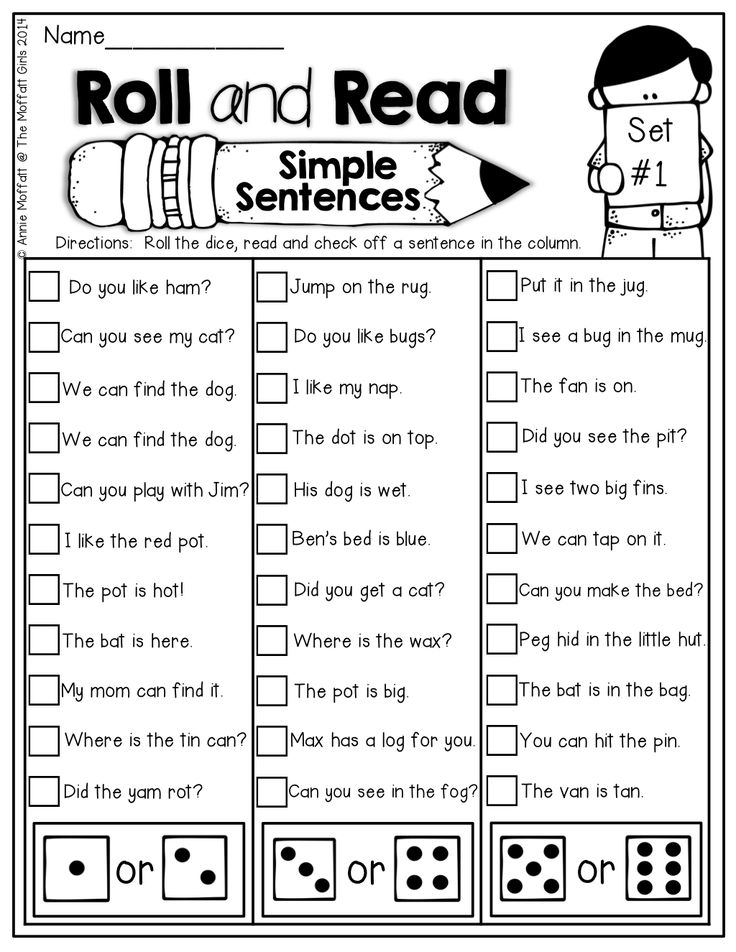 By the way, about the Mauser - the automatic version has options with detachable magazines for 10, 15 and 20. Therefore, it is better to either remove automatic fire, or make a large magazine, or make two versions: "classic" (without automatic fire) and "modern" (with automatic fire).
By the way, about the Mauser - the automatic version has options with detachable magazines for 10, 15 and 20. Therefore, it is better to either remove automatic fire, or make a large magazine, or make two versions: "classic" (without automatic fire) and "modern" (with automatic fire).
Scorpio is light by SMG standards, but must be close range. By the way, it weighs twice as much as APS. But given the above, you can leave it as it is.
PPS to shoot is "more expensive" in terms of action points than from AKSU. Although the PPS is lighter than the "cigarette butt" and it has less recoil, but it is problematic to cut off a single shot from the PPS (there is no fire translator), that is, it is logical to make it a short and long burst - 5 and 6 (or 7) OD, respectively, without a single fire at all . It is more difficult to make an aimed shot from AKSU due to the short aiming line, but you can leave it as it is.
AKM is suddenly lighter (!) M16A2 in real life, but shooting is still "more expensive", especially since it was designed for suppressive automatic fire, and at the same time it is "cheaper" to shoot from the RPK.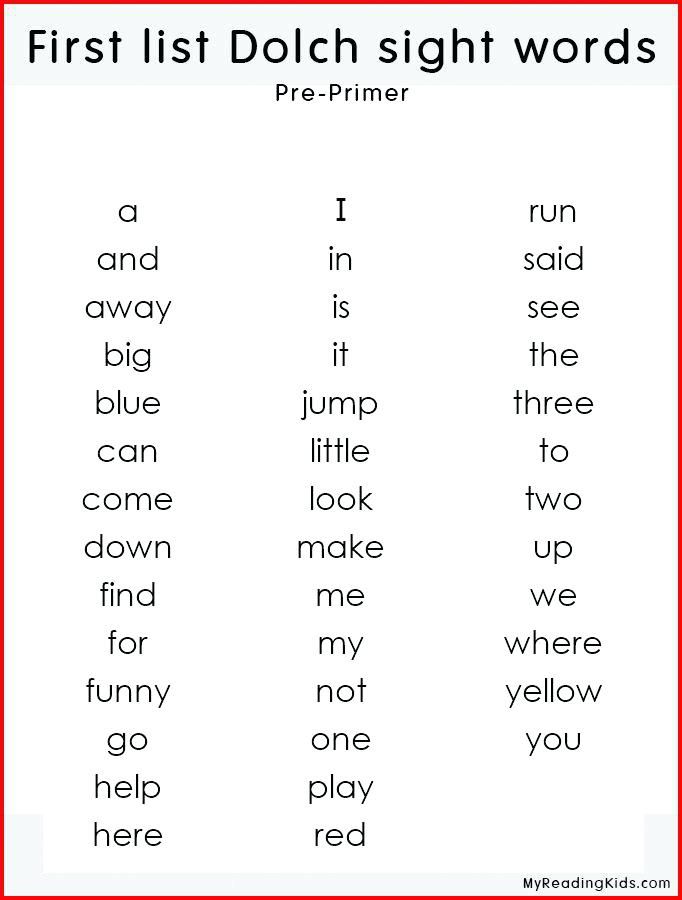 Seriously?! Somehow I would have believed about the "Stalinist" AK, but, damn it, this is an automatic machine! It would be logical to fine him just for an "aimed" shot.
Seriously?! Somehow I would have believed about the "Stalinist" AK, but, damn it, this is an automatic machine! It would be logical to fine him just for an "aimed" shot.
That is, 7.62 AK should have 4/6/5 or 4/6/6 (recoil after all).
By the way, from M16A2 it is more difficult to give a long burst (cut-off of bursts of 3 rounds), so 4/5/6 is all logical.
For some reason, there is no AK74 (it should be a little more lethal, but a little less accurate than the M16), but as I understand it, it will be added?
Rifles.
SKS (with optics) and SVD - for some reason, an unaimed and aimed shot "cost" the same - what for then leave an unaimed shot at all?
Given that they are semi-automatic, it would be logical to do:
SCS (with optics) - 5/6
SVD (with optics) - 5/7
By the way, SVD can be made a version without optics with 4/6.
It is more difficult to shoot with optics than with an open sight, so SCS without optics should be "faster" than its colleague with optics, and not vice versa! That is, 4 and 5 ODs, respectively.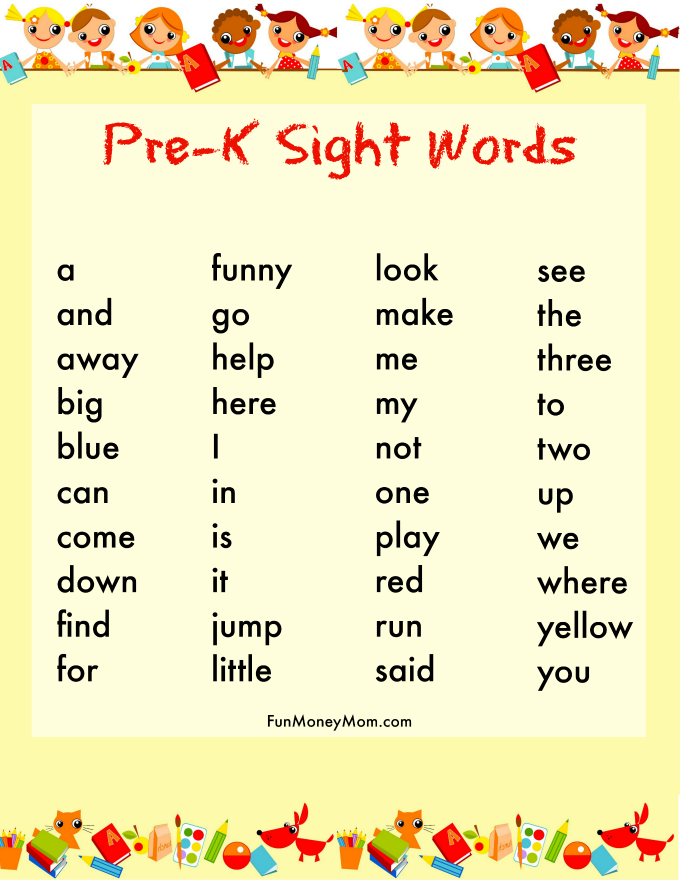
"Bolts" without optics leave 5/6.
Remington - 6/7
PTRD is too fast!
Should be 7/8 AP (not less!), the requirement for strength is generally 9 to do. With such a caliber, only Schwarzenegger can shoot (and even more so hit) from his hands!
By the way, if the mechanics of changing the position of the body is suddenly introduced, then heavy barrels (PK and PTRD) should have large penalties when shooting from hand.
Upd1. Weapons that have increased rate of fire can have their damage reduced a little.
Last edited by Komissar Gebet; 21 Oct, 2018 @ 8:11am

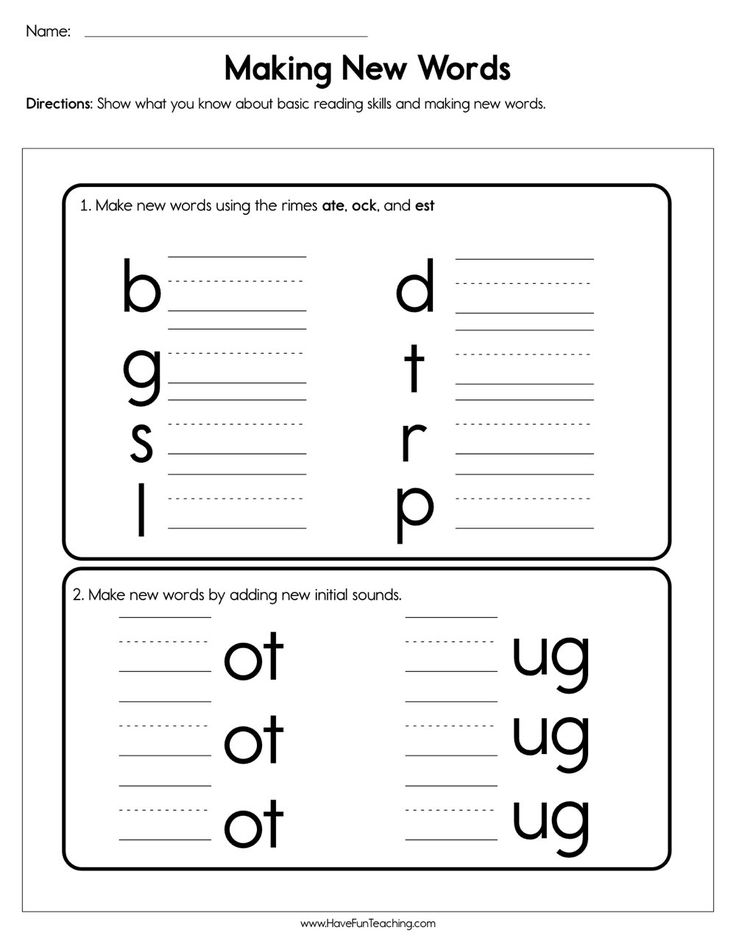 There is a strange glass in the corner. I touch it, I don't understand why this holey glass is here. It must be thrown away. It's full of cracks and holes.
There is a strange glass in the corner. I touch it, I don't understand why this holey glass is here. It must be thrown away. It's full of cracks and holes.  - These are our main forces. And this wedge is my artillery regiment. We went ahead, ours are only still being pulled up. And now we take prisoners. They say a tank attack is being prepared. Direction is something. What to do? If they crush us, there is no anti-tank protection in front of the main forces. I decide: to meet the attack of tanks from the flanks. I line up at an angle to the enemy. The meat grinder starts. We open fire - not on the forehead, as the Germans are waiting. And on the side. And all the way down. The Germans are confused. The tanks are on fire. The fire is aimed, accurate. Let's get close.
- These are our main forces. And this wedge is my artillery regiment. We went ahead, ours are only still being pulled up. And now we take prisoners. They say a tank attack is being prepared. Direction is something. What to do? If they crush us, there is no anti-tank protection in front of the main forces. I decide: to meet the attack of tanks from the flanks. I line up at an angle to the enemy. The meat grinder starts. We open fire - not on the forehead, as the Germans are waiting. And on the side. And all the way down. The Germans are confused. The tanks are on fire. The fire is aimed, accurate. Let's get close. 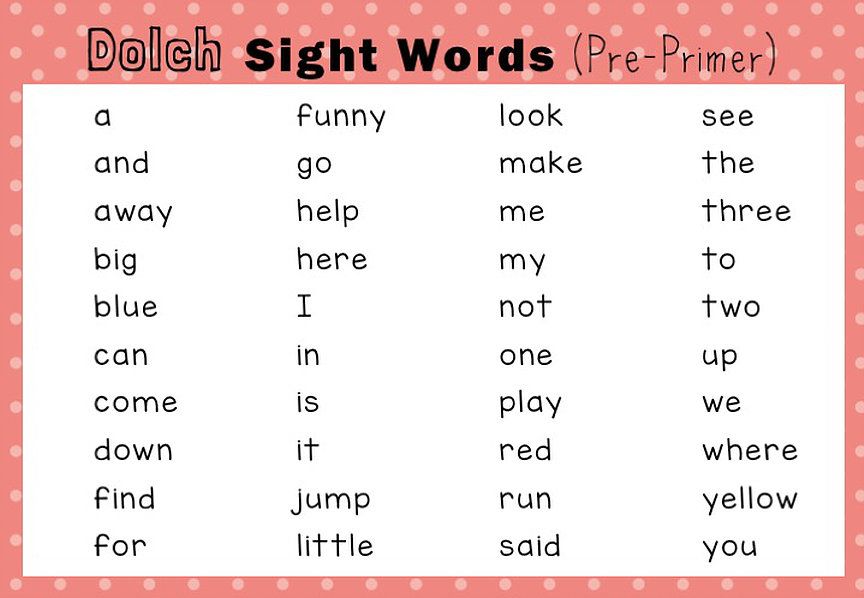 - Did not have! I lost my hands on the banks of the Dnieper.
- Did not have! I lost my hands on the banks of the Dnieper. 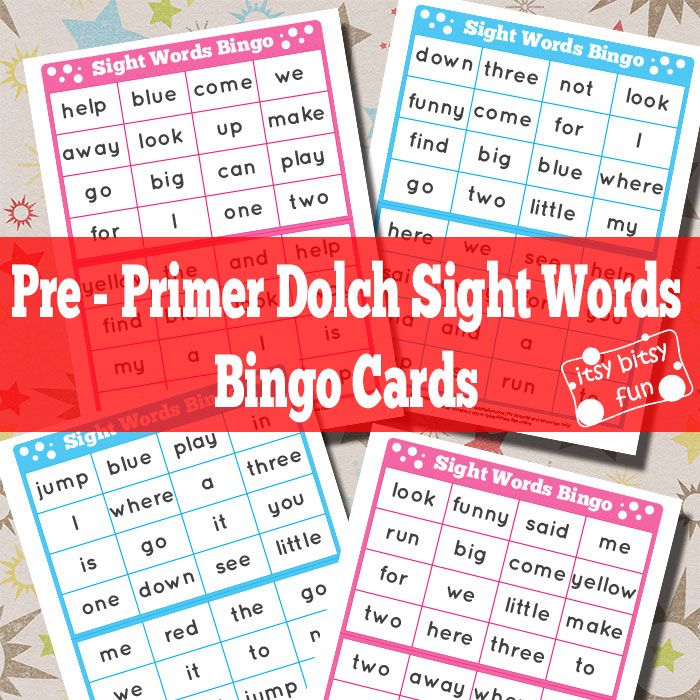 You - for feats. Don't be afraid of this word. For real exploits. Books should be written about them!
You - for feats. Don't be afraid of this word. For real exploits. Books should be written about them! 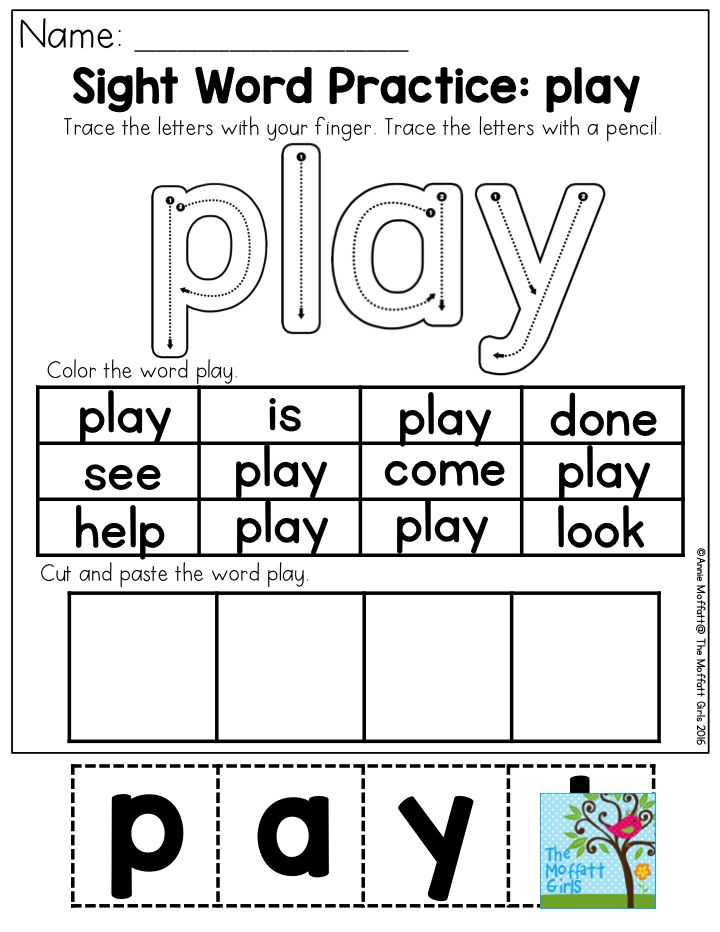 And the Nazis did not drape, but resisted with all their might. They fought desperately. But we still drove.
And the Nazis did not drape, but resisted with all their might. They fought desperately. But we still drove. 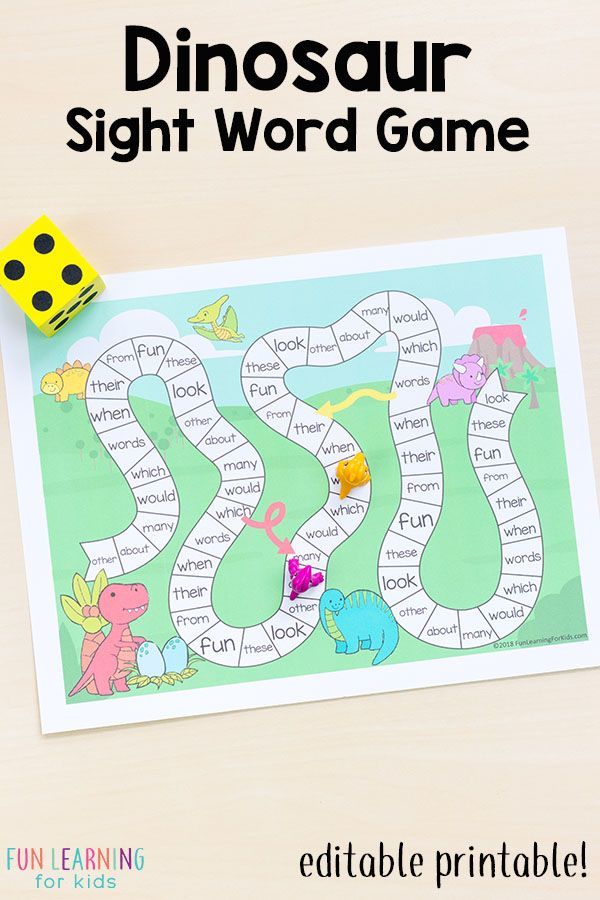
 Therefore, the generals choose a place where the enemy is weaker. And if there is nowhere weaker, they choose where it is more convenient for us. And the battle begins. Soldiers swim. Carry guns, tanks. They cling to a piece of the shore and knock out enemies. Our this piece is called the bridgehead. French, by the way, a word. Parade ground means square, d'arm means for the army. But when the river is crossed, our foothold on the enemy bank is at first a piece of land, not a square. And the enemy is doing everything to throw us off this piece. Because when there is a foothold, behind, across the river, reinforcements can be sent. Quickly make pontoons one to one - and there will be a bridge. And the tanks will move across the bridge, the infantry will run, the guns will roll. Help the bridgehead. Those who fight on a piece of land. Don't think I'm talking about this in vain. This applies to General Ivanov.
Therefore, the generals choose a place where the enemy is weaker. And if there is nowhere weaker, they choose where it is more convenient for us. And the battle begins. Soldiers swim. Carry guns, tanks. They cling to a piece of the shore and knock out enemies. Our this piece is called the bridgehead. French, by the way, a word. Parade ground means square, d'arm means for the army. But when the river is crossed, our foothold on the enemy bank is at first a piece of land, not a square. And the enemy is doing everything to throw us off this piece. Because when there is a foothold, behind, across the river, reinforcements can be sent. Quickly make pontoons one to one - and there will be a bridge. And the tanks will move across the bridge, the infantry will run, the guns will roll. Help the bridgehead. Those who fight on a piece of land. Don't think I'm talking about this in vain. This applies to General Ivanov.  Captain Ivanov stood up instead of him. He won a small foothold from the Nazis - a patch of land. Arranged the weapons. Opened fire on the enemy. And he held on with all his might until help came. Until they were transported over the pontoon bridge, other troops to help him.
Captain Ivanov stood up instead of him. He won a small foothold from the Nazis - a patch of land. Arranged the weapons. Opened fire on the enemy. And he held on with all his might until help came. Until they were transported over the pontoon bridge, other troops to help him. 


